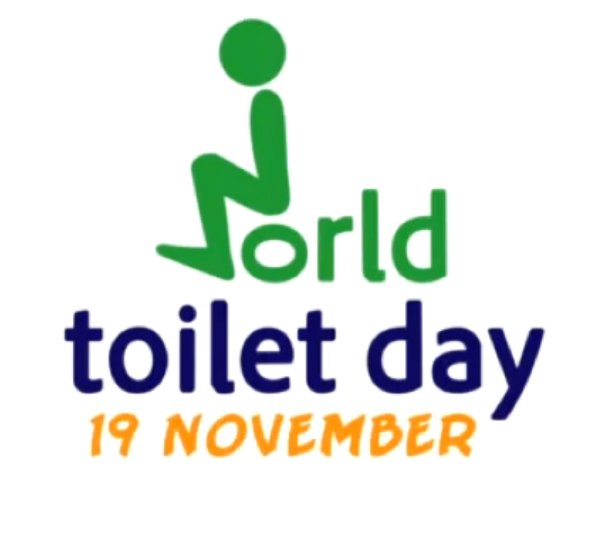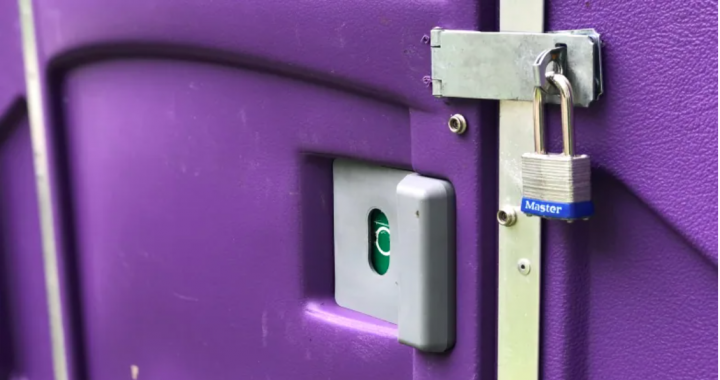Lloyd Alter, May 4, 2020
https://www.treehugger.com/bathroom-design/rethinking-public-washrooms-after-coronavirus.html
We have to stop building highways and start building toilets as we face a whole new public bathroom crisis.
There was outrage two years ago when two African-American men were arrested after asking to use the bathroom in a Philadelphia Starbucks. The chairman at the time, Howard Schultz, apologized and promised, “We don’t want to become a public bathroom, but we’re going to make the right decision a hundred percent of the time and give people the key.”
Writing on MNN, I complained: “I personally find this disturbing, because private companies shouldn’t have to become a public bathroom; it’s a public responsibility.”
The situation is only going to get worse as the population ages (baby boomer men have to pee a lot), but there are also people with irritable bowel syndrome, pregnant women, and others who simply need a bathroom more often or at less convenient moments. Authorities say providing public washrooms can’t be done because it would cost “hundreds of millions” but never have a problem spending billions on the building of highways for the convenience of drivers who can drive from home to the mall where there are lots of washrooms. The comfort of people who walk, people who are old, people who are poor or sick — that doesn’t matter.
Now, as cities prepare to open up, we have to wonder what is going to happen with washrooms. A lot of those stores and restaurants that previously provided bathroom access will be out of business, and the remaining ones are going to have a lot more work keeping them clean. I suspect that even Starbucks may rethink its open bathroom policy as being too risky and costly to manage.
They will also probably have to invest a lot of money in them. Elias Visontay writes in the Guardian:
Public health experts, designers and architects say the Covid-19 pandemic has exposed fundamental flaws in the design of public toilets that risk spreading a second wave of coronavirus, and possibly even new pandemics…. Peter Collignon, a professor of infectious diseases and microbiology at the Australian National University, says the surfaces of taps and doors are a problem in public bathrooms, particularly in relation to viruses shown to be present in faecal matter. “We need to have public bathrooms open up as lockdowns ease, but the more non-touch we have the better. Taps that you activate by sensor need to be considered.”
Other measures discussed are self-cleaning toilets that sanitize the cubicle, non-contact exits, and even full time bathroom attendants. This is all very expensive and takes up a lot of space, and not likely to be possible in many existing restaurants, which will really want to limit the use of washrooms wherever possible. But as Australian bathroom expert Sarah Bookman noted in the Guardian,
“If you’re not able to use public bathrooms, that limits your time outside … In order to get people back into public life, you want people to go out again. It’s good for the economics of the city.” She says those who will rely on public bathrooms as lockdowns are eased are mostly those on lower incomes, essential workers and homeless people. “In cities with poor public bathroom facilities, people tend to go to a restaurant, especially in countries like the US, to use their bathroom. That’s just not a viable option, especially in a pandemic.”
Public washroom infrastructure is expensive because they are designed to be self-cleaning. This one I saw in a Vienna park was all stainless steel inside, and completely washed and sterilized itself after every use. Montreal’s self-cleaning public toilets cost a quarter of a million dollars each. On the other hand, cities are building highways that cost billions; there is always money for that. I wrote earlier:
The supply of clean water and the removal of sewage and human waste are two of the most important functions government provides for its citizens, but the working ends of each system, the water fountain and the toilet, are apparently no longer public responsibilities. Water is now sold in bottles, and Starbucks has become the public bathroom. That’s wrong. This why we pay taxes — for public services that meet human needs.
Post-pandemic, we will have different needs. We will need better, more expensive touchless and sterilizing washrooms and will no longer be able to rely on Starbucks or other private companies. This was always a public responsibility, but got dropped in North America with the growth of the suburbs and the mall and the privatization of public space. As Harvey Molotch wrote in the Washington Post, “Anxieties over vandalism and public sex led to their demise, along with resentment at having to pay routine janitorial costs. In effect, because of fear of what some people might do, everyone is made to suffer.” That article was titled All dressed up and nowhere to go: America’s public bathroom crisis. Written exactly two years ago, Molotch concluded:
That there is so often no way to satisfy a necessary bodily function is symptom of the larger callousness — of ignoring basic human needs. The trouble is a dearth of civic responsibility. We don’t need just a better restroom. We need a better country.
America’s public bathroom crisis is going to be far worse when our cities open up again, and people find that they have no place to go.



